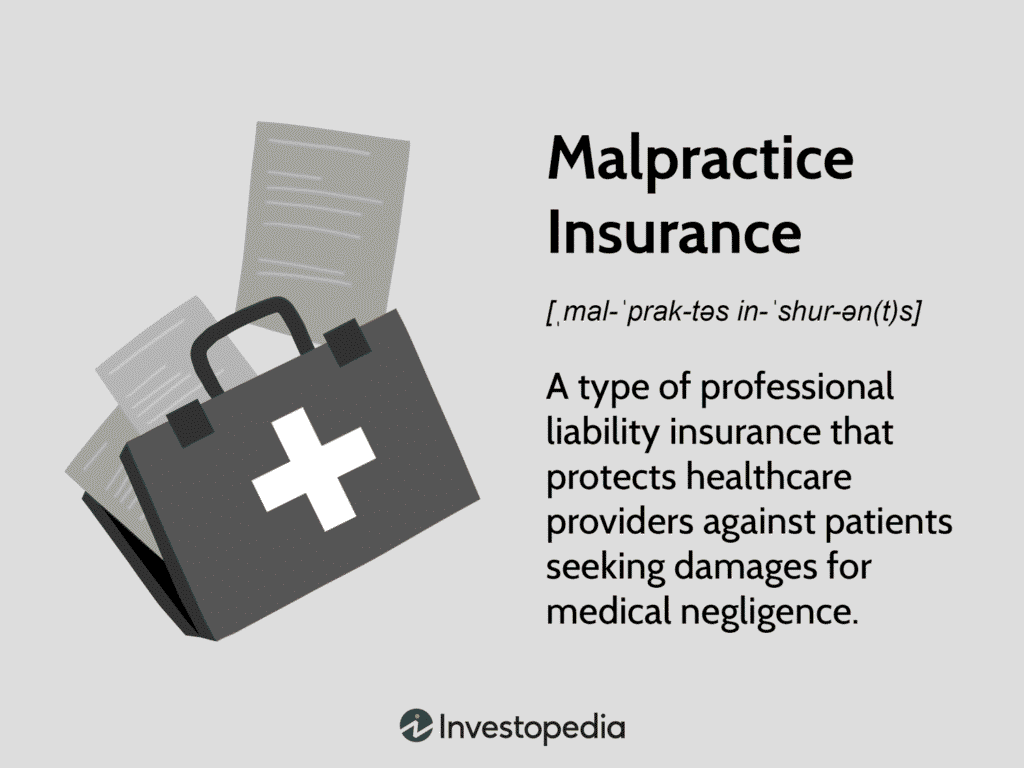Think medical malpractice insurance is just another cost? Think again/guides/malpractice-insurance. With rising lawsuits, AI-powered medicine, and the explosive growth of telehealth, doctors are facing more financial exposure than ever. By understanding these eight powerful insights, you’ll be better equipped to protect your practice, reduce premiums, and enhance care quality.

1. Premiums Are Skyrocketing—and You Need to Know Why
- “Nuclear verdicts”—jury awards exceeding $10 million—are becoming common, fueling premium increases between 5–20% in 2025, with even higher hikes in high-risk specialties like OB-GYN and neurosurgery pliconsultants.com+14westwood.insure+14The Insurance Universe+14flowspecialty.com.
- Legal defense costs have surged too—longer litigation, expert testimony, and increased administrative complexity flowspecialty.com.
- Economic factors like inflation and rising healthcare costs further drive premiums up pliconsultants.com.
Bottom line: Expect to pay significantly more—even routine rates are rising.
2. Emerging Risks: Telemedicine, Cyber, and AI
- Policies are now evolving to cover telehealth malpractice, a growing necessity as 24% of outpatient visits occur remotely Wikipedia+15Market Growth Reports+15themarketintelligence.com+15.
- Cyber liability is increasingly bundled into malpractice coverage to address risks from EHR hacks and data breaches Market Growth Reports.
- AI-powered diagnostics and care tools carry their own liability footprint—expect new policy clauses addressing algorithmic errors The Insurance Universe+1MedCity News+1.
Takeaway: Standard policies aren’t enough—ask about telemedicine, cyber, and AI endorsements.
3. Market Consolidation: Fewer Players, Less Competition
- Large insurers—like Berkshire Hathaway’s MedPro, ProAssurance, and The Doctors Company—are dominating the market The Insurance Universe+15Wikipedia+15Reuters+15.
- Fewer insurers mean less price competition and fewer choices, which may push premiums even higher Reutersflowspecialty.com.
- Some physicians are turning to captives, risk retention groups (RRGs), or group-based policies to find better rates flowspecialty.com+1Insurance Business+1.
Pro tip: Don’t rely solely on one carrier—explore RRGs, captives, and institutional group plans.
Table of Contents
4. Tort Reform Can Help—If You’re in the Right State
- States with laws like MICRA (California’s $250K cap on non-economic damages) tend to have lower premiums TIME+2Wikipedia+2Wikipedia+2.
- Texas capped non-economic damages in 2003, stabilizing insurance costs—similar efforts are underway elsewhere Wikipedia+1The Insurance Universe+1.
- However, caps don’t always significantly decrease premiums—courts may lengthen litigation procedures instead Wikipedia.
Action step: Advocate for tort reforms in your state and highlight protections during renewals/negotiations.
5. Risk Management Reduces Premiums—and Claims
- Insurers are increasingly offering premium discounts for EHR adoption, safety training, communication protocols, and error-reporting systems Wikipedia+11Global Market Insights Inc.+11flowspecialty.com+11.
- Use of data analytics and AI-driven underwriting helps insurers assess provider-specific risk and reduce blanket pricing Market Growth ReportsMedCity News.
- Policies like value-based or claims-made with generous tail coverage incentivize better quality care Insurance Business+2The Insurance Universe+2pliconsultants.com+2.
Takeaway: Proactive patient safety efforts can reduce claims and earn financial rewards.
6. Specialty Matters—Know Where You Stand
Malpractice costs vary dramatically by specialty:
| Specialty | Avg Premium Impact |
|---|---|
| OB-GYN, neurosurgery | Astronomical—up to $185K/year in NYC The Insurance Universe+8Market Growth Reports+8The Insurance Universe+8 |
| Primary care (rural/license areas) | Much lower—but rising technology integration may shift trends Market Growth Reportsthemarketintelligence.com |
What to do: Compare quotes within your specialty and consider joining group purchasing arrangements.
7. Explore Alternative Insurance Models
- Captive insurance: Provider-owned, allows customization and potential premium rebates flowspecialty.comMarket Growth Reports.
- Risk Retention Groups (RRGs) and captive groups offer better control and shared risk Wikipedia+2flowspecialty.com+2Insurance Business+2.
- Larger hospitals/self-insured entities may offer in-house coverage models—worth exploring if you join a system.
Pro tip: Evaluate group versus individual policy cost-benefit—sometimes group coverage is significantly more economical.
8. The Future Is Digital—Be Ready
- Traditional quoting can take weeks. AI platforms now allow real-time streaming quotes based on public data and historical claims MedCity News.
- Blockchain, predictive analytics, telemedicine tech are improving accuracy and reducing fraud Market Growth Reports.
Advice: When shopping for malpractice insurance, ask if the carrier offers AI-based underwriting or tech-enhanced pricing models.
Quick Recap: What Every Doctor Should Do in 2025
- Plan for premium hikes—budget for 5–20% increases.
- Compare across carriers—don’t settle with the first option.
- Invest in risk management—use it to lower rates and limit claims.
- Explore alternative models—captives, RRGs, institutional group options.
- Advocate for tort reform—support legal caps and claim-speed reforms.
- Stay current on emerging coverage—AI, cyber, telemedicine.
- Use tech to your advantage—get faster quotes, better coverage tailoring.
- Review annually—rebalance coverage as you add new services or tech.
Final Takeaway
Malpractice insurance is no longer a passive cost. In 2025, it’s a strategic tool—driven by your specialty, risk management, tech adoption, and state reforms. By staying informed and proactive, you can protect your career, improve patient care, and control costs.